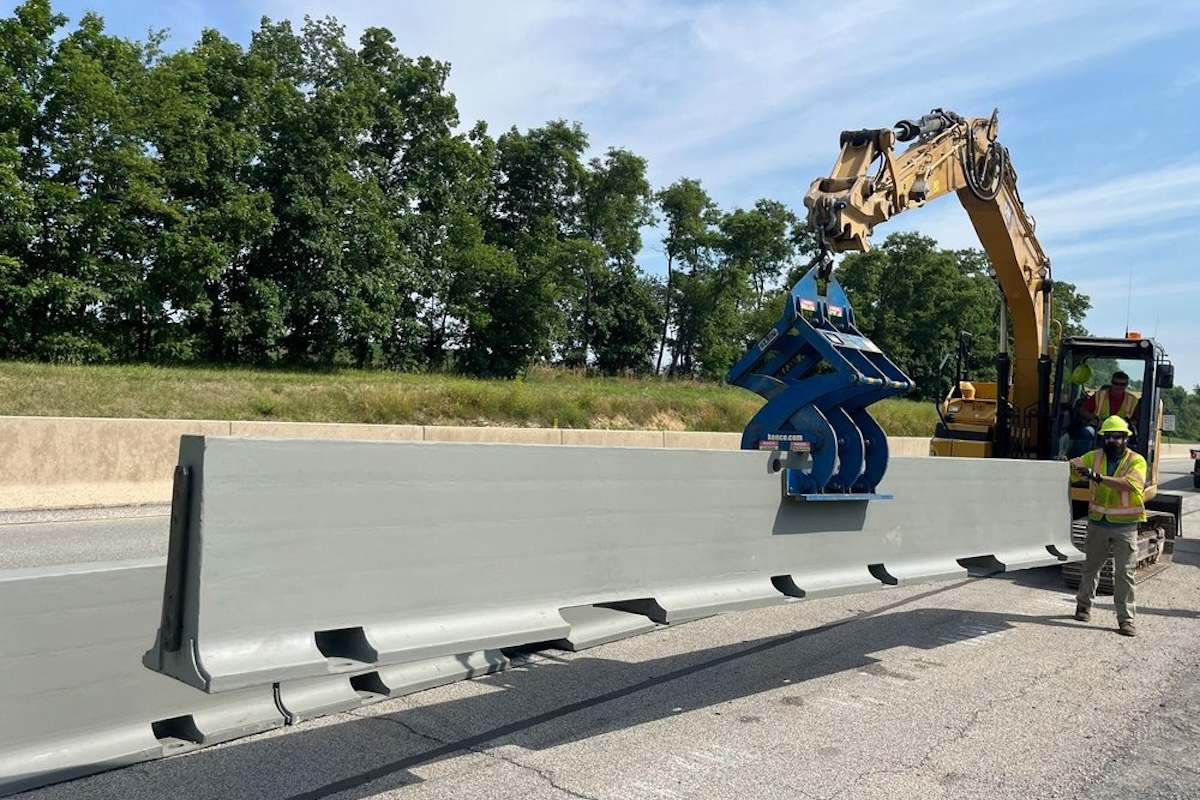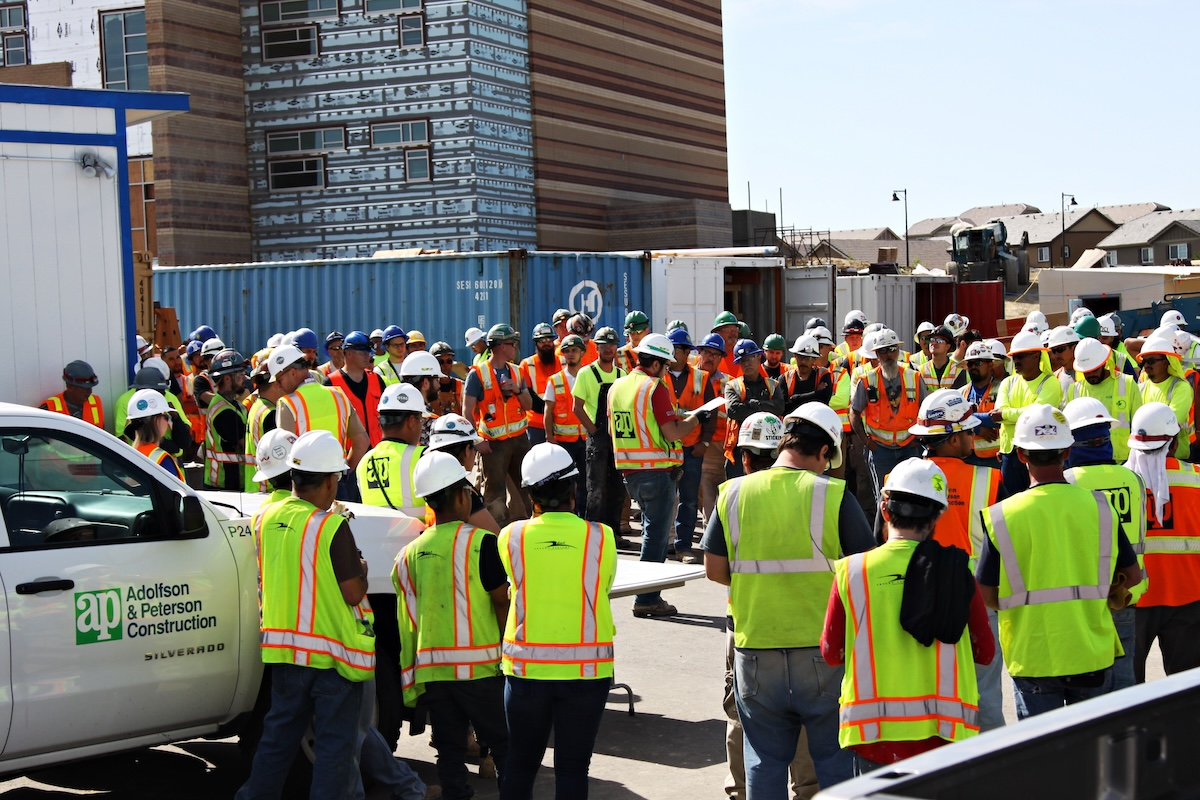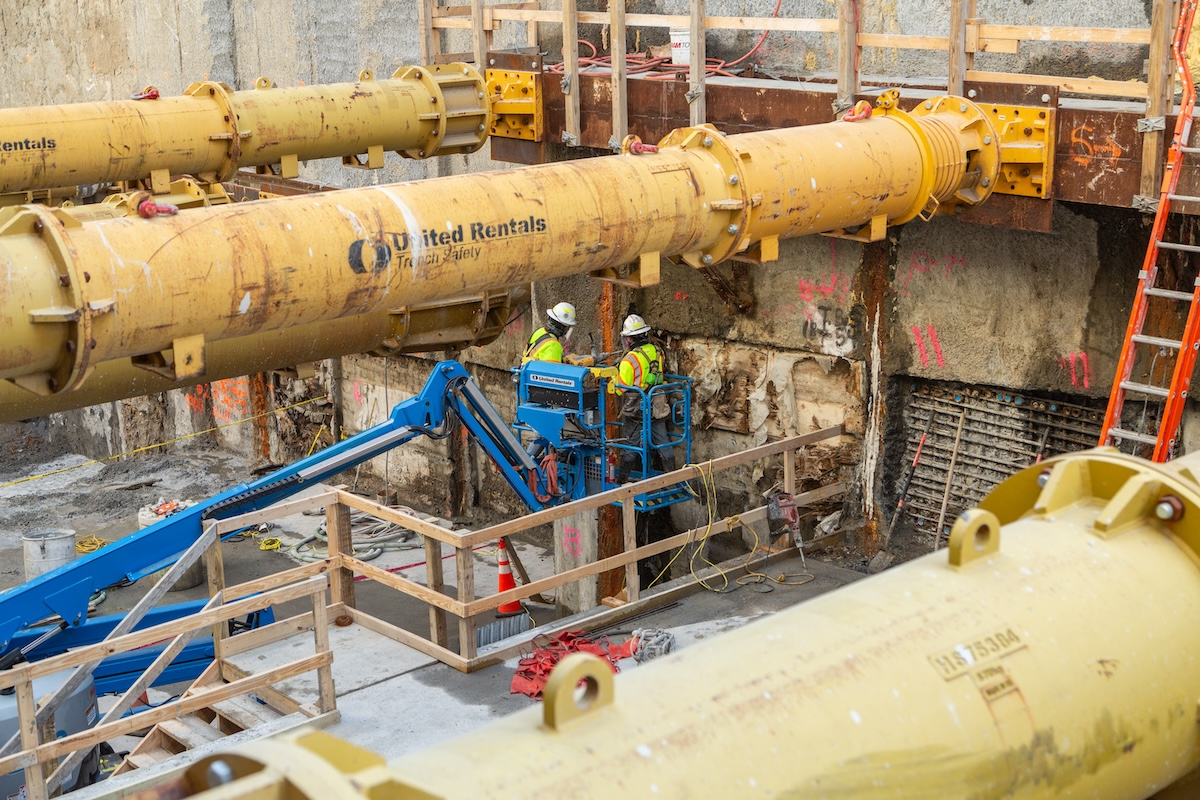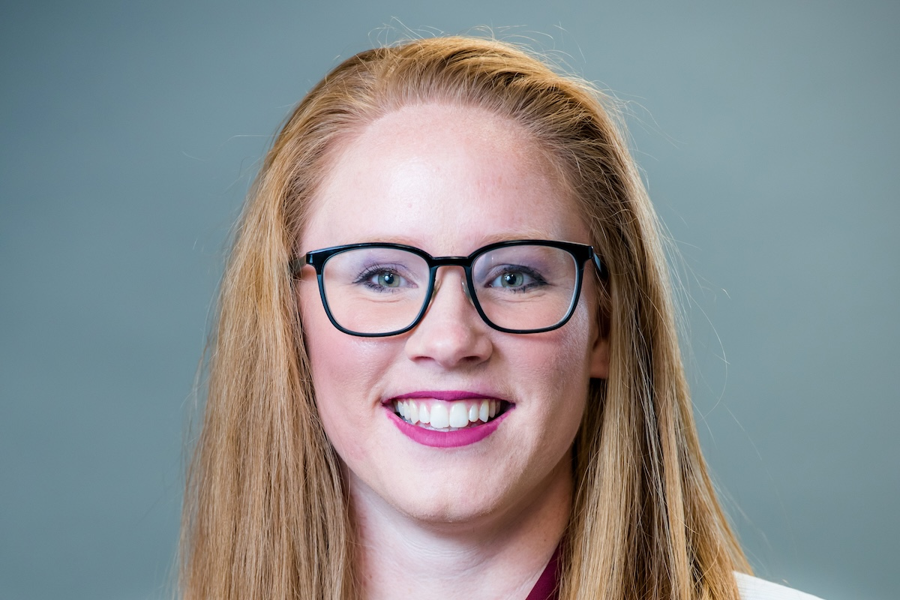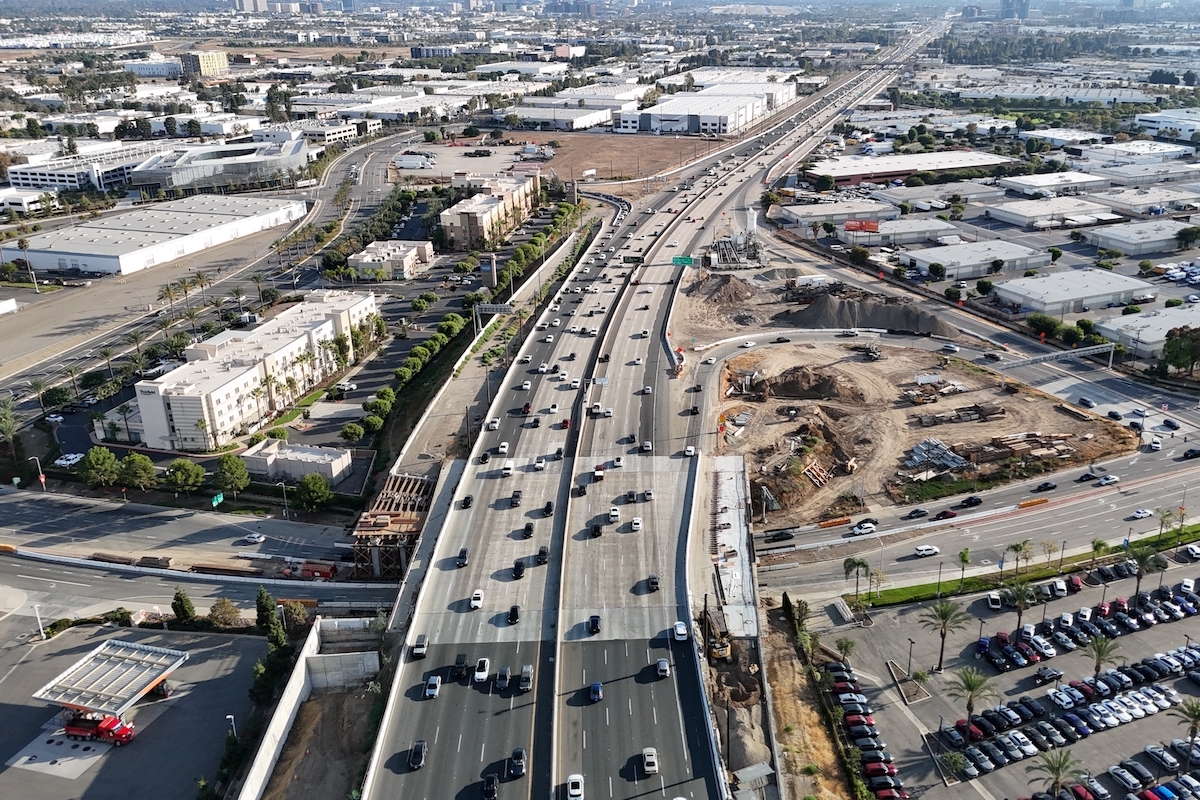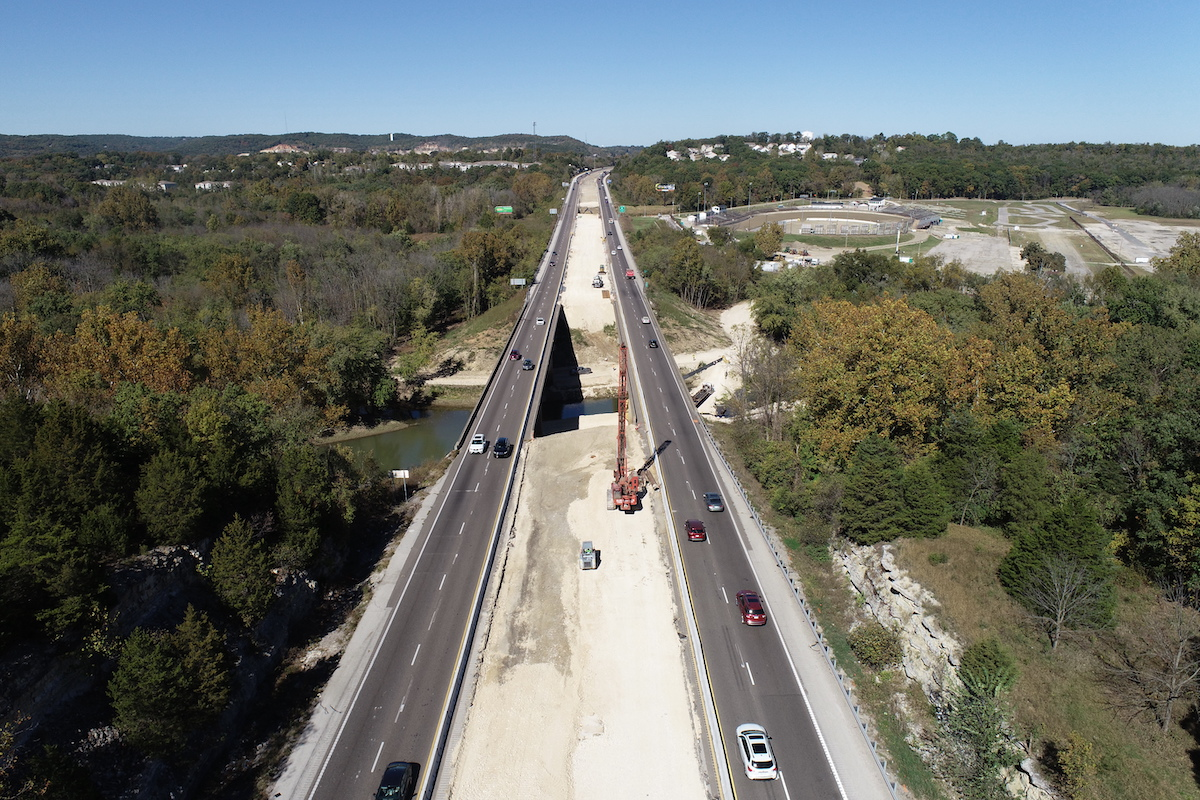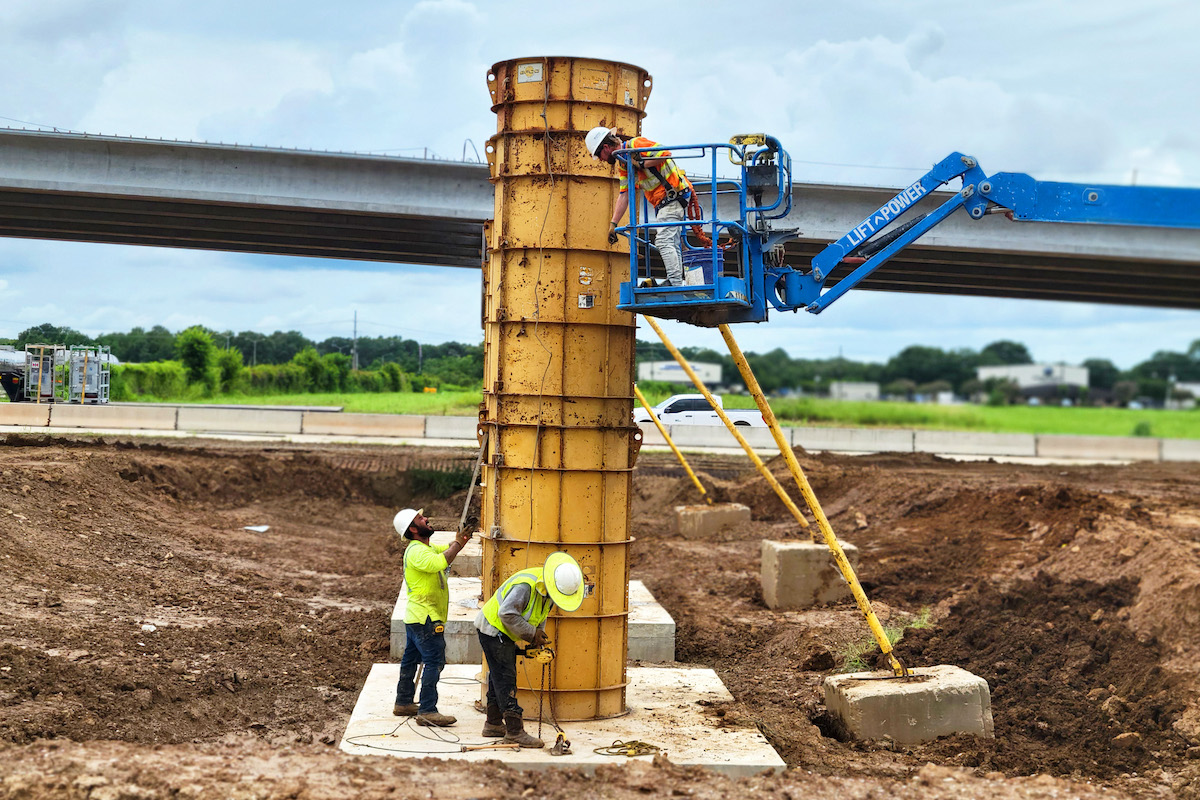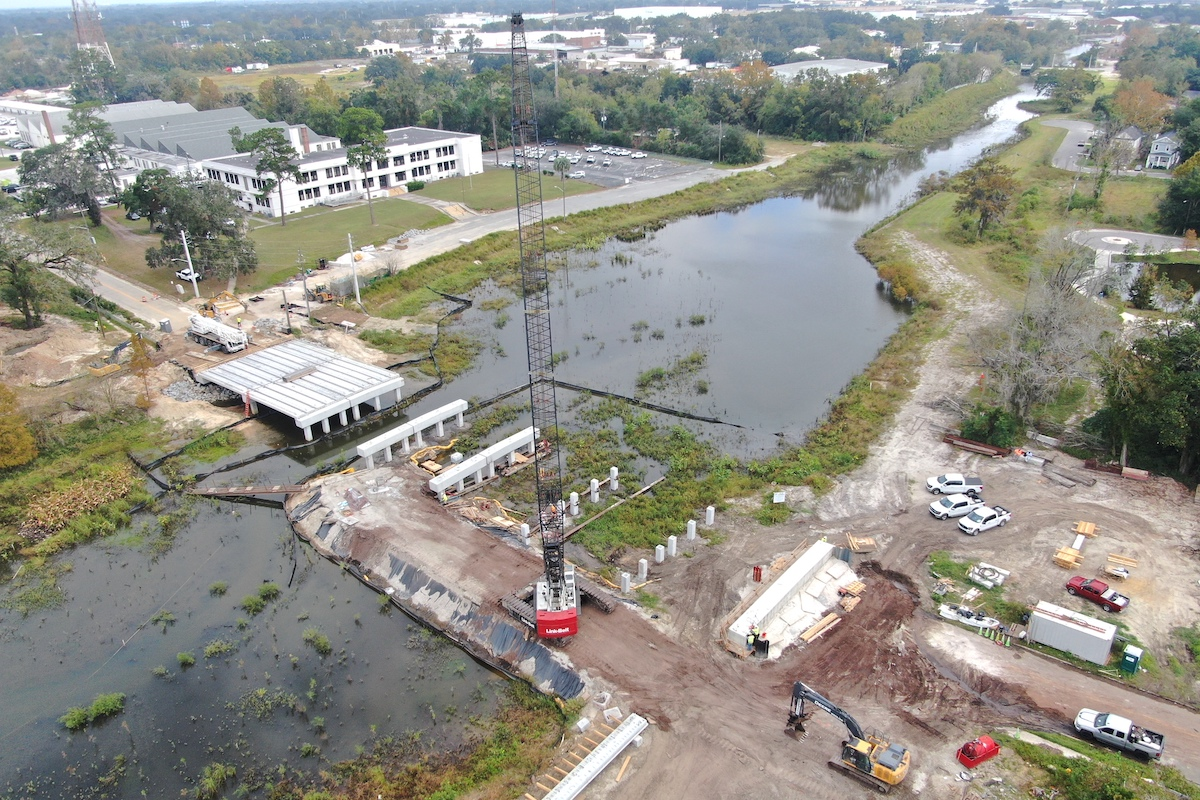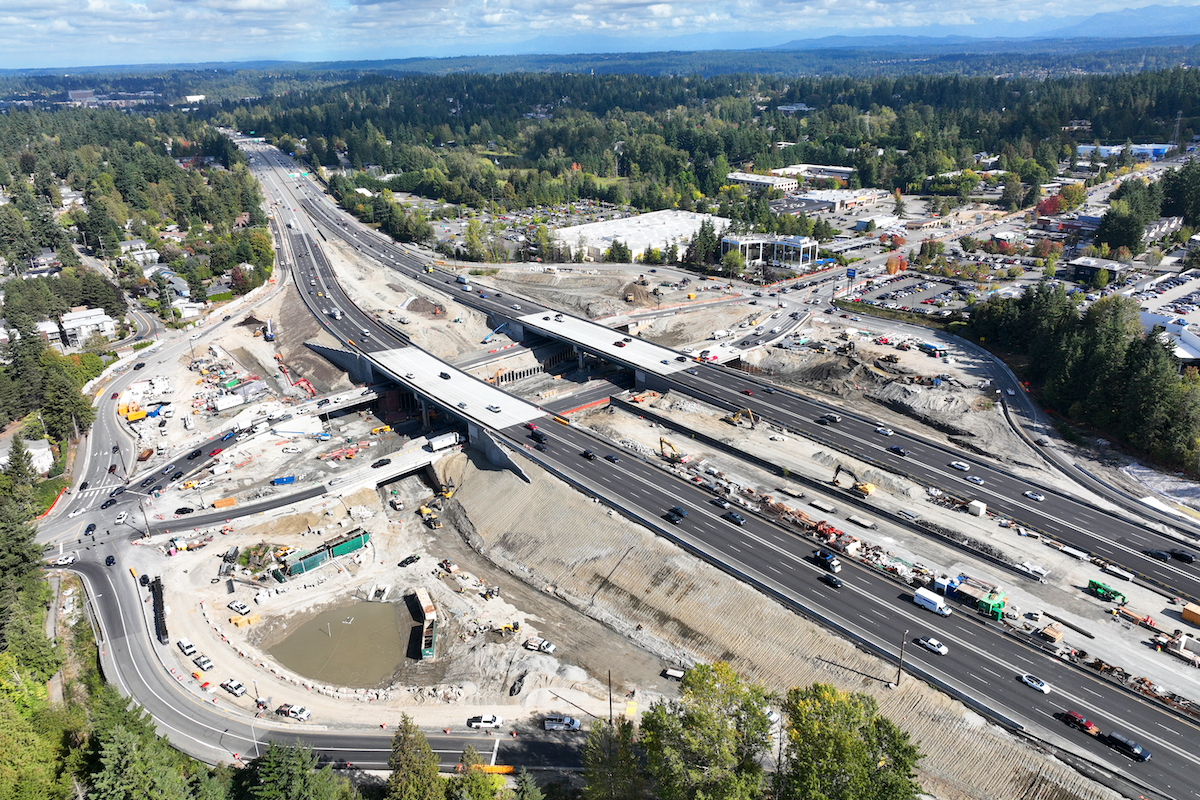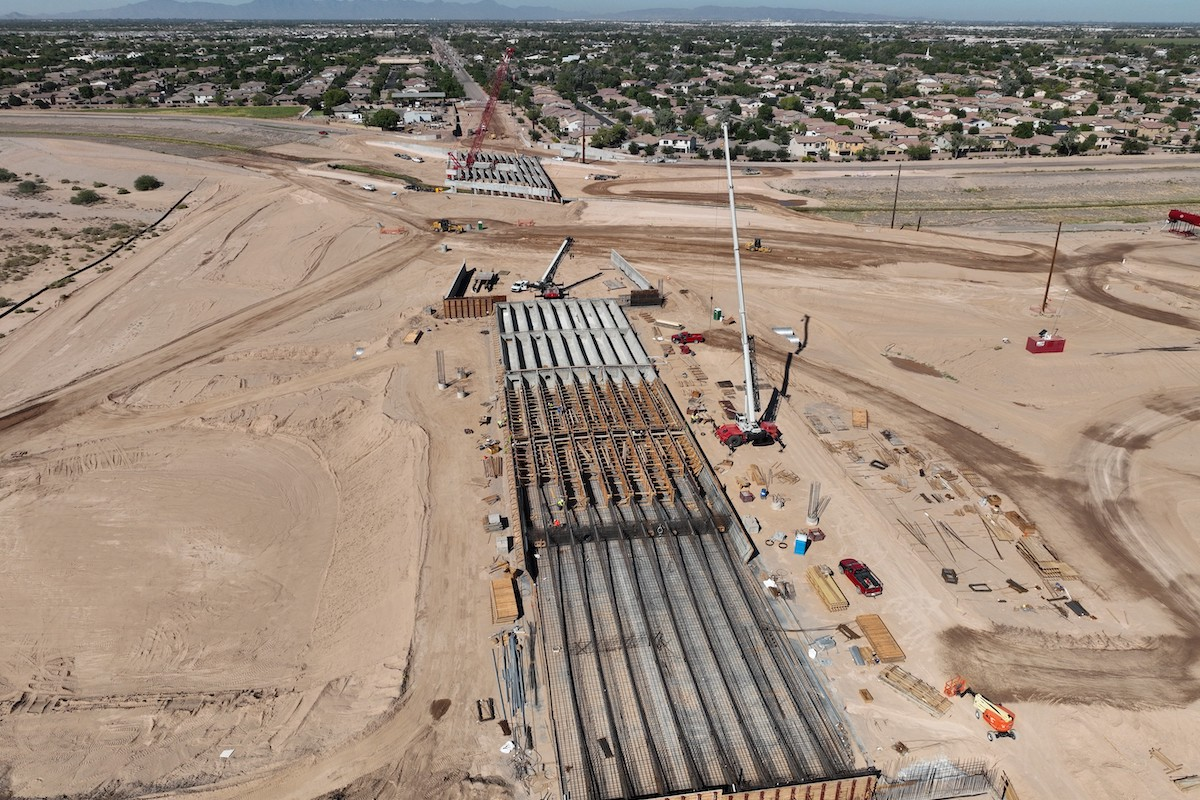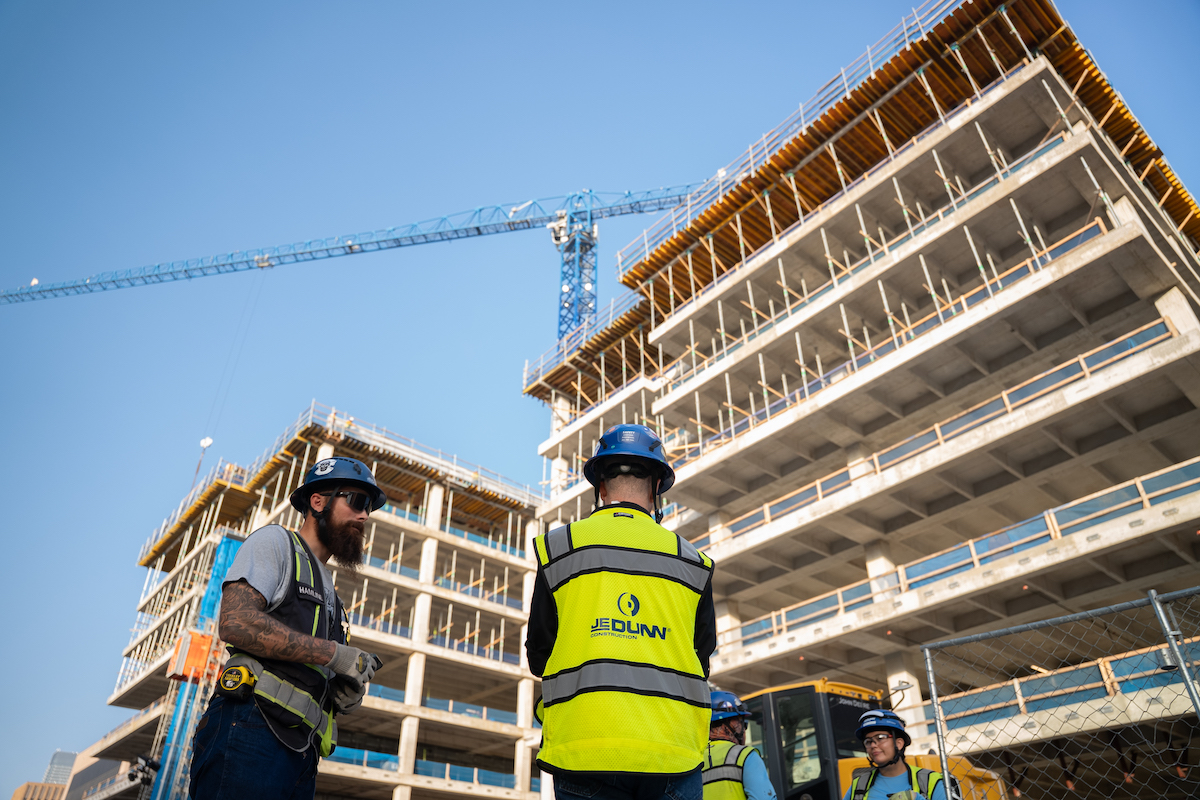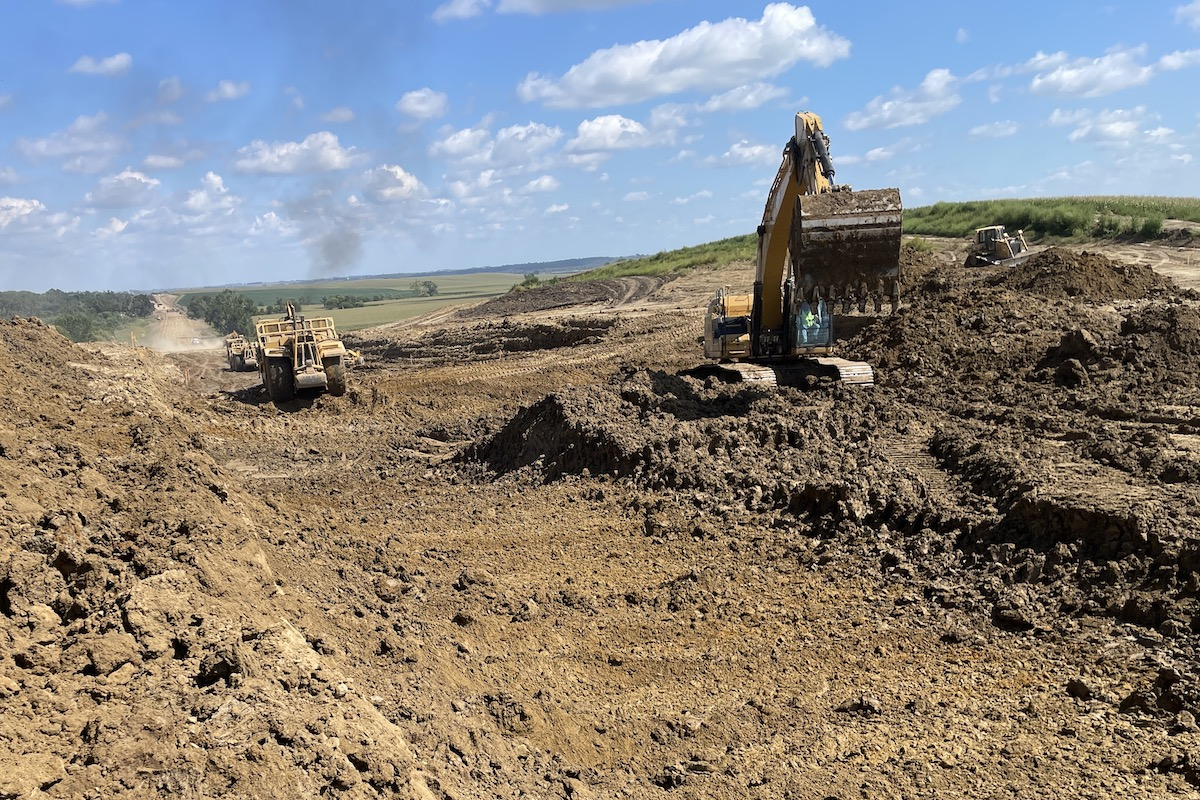The project involves replacing the Interstate 17 overpass at Central Avenue south of the downtown area. The existing bridge, which opened to traffic in 1962, is approaching the end of its functional life.
MAG – which serves as the metropolitan planning organization for the Phoenix region – included the I-17 bridge replacement project in its 20-year regional transportation plan, which is funded in part by a half-cent sales tax approved by local voters in 2004.
The updated clearance also will accommodate Valley Metro’s future South Central extension of the Phoenix area's light rail system. The extension, in addition to traveling beneath I-17, will add five miles of light rail between downtown Phoenix and Baseline Road.
“The majority of clearance we’re gaining is coming via the girder system,” said Jimmy Naujokaitis, ADOT’s Resident Engineer on the project. Naujokaitis is the point of contact for field issues, while his team helps inspect the work, manages payments, and ensures construction is following state standards and specifications. “The amount of clearance gained with the new girders means the freeway's profile is only minimally raised.”
The new bridge over Central Avenue will also be wider than the existing structure. This will accommodate regional plans for additional lanes along I-17. “We're providing room to grow,” said Doug Nintzel, a Public Information Officer with ADOT. The bridge will continue to carry three lanes in each direction when this project is complete. However, a future project along I-17 will add auxiliary lanes to assist merging traffic between interchanges.
“This design allows three girder spans within each line that essentially act as one girder,” said Naujokaitis. “It enables us to reduce the girder depth of the middle span located directly over Central Avenue and that’s where we achieve a majority of the additional clearance.” He noted that the girders are being hung in midair while they are spliced together.
In order to keep traffic flowing as normally as possible, the existing I-17 bridge – which has an average daily traffic amount of more than 125,000 vehicles – is being removed in phases. “We need to allow traffic to keep moving on the freeway," said Naujokaitis. That's the reason for advancing the work in stages.
Crews have demolished the southbound half of the bridge and plan to complete its reconstruction early this year. At that time, I-17 traffic that has temporarily been operating with two lanes in each direction on the northbound bridge will be switched to the southbound span. That will clear the way for the same reconstruction to occur with the northbound structure.
Another challenge regarding traffic and the overall project is the existence of the nearby light rail extension project. “We’re keeping tabs on what they are doing,” said Naujokaitis. The two project teams keep each other updated on work, while MAG and the city of Phoenix also are kept in the loop.
The $13.5 million project is being paid for through MAG’s regional transportation plan, which is funded by a combination of regional and state taxes, as well as the area’s share of federal transportation tax dollars.
The project is on budget so far. A key reason, according to Naujokaitis, is the entire team working together to make sure the money spent is done so wisely in order to give taxpayers the best bang for the buck.
“The project team keeps the best interests on the project in mind, so as to not cut corners on something that may have a detrimental impact on the project long term,” said Naujokaitis. “In the event that additional funding is needed to address a potential long term issue, it’s better to invest now and benefit with savings later.”
The project began in April 2020 and is scheduled to be complete this fall. So far, the project is on schedule. “The biggest reason for the success so far is a well-executed design development process, an attentive design team that helps with issues whenever they arise during the project, and the ability to come to agreeable solutions in short order,” said Naujokaitis.
The team also has been able to deal with issues related to the COVID-19 pandemic. While face-to-face meetings have been minimized, along with the number of people attending them, the team has still been able to develop good camaraderie.
When the project is complete, commuters – particularly larger commercial vehicles – will enjoy an easier transportation route. Drivers also will see an aesthetically pleasing bridge, as the new infrastructure will be multi-color while the original was solely tan in color. Finally, the project will set the stage for future widening along I-17, which will help with overall traffic flow along this stretch of the Black Canyon Freeway.











